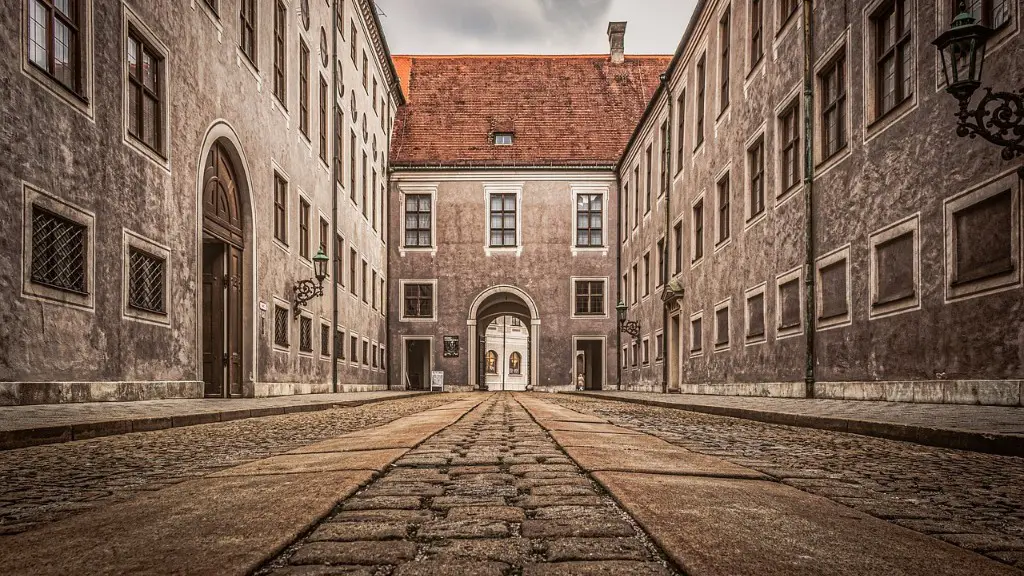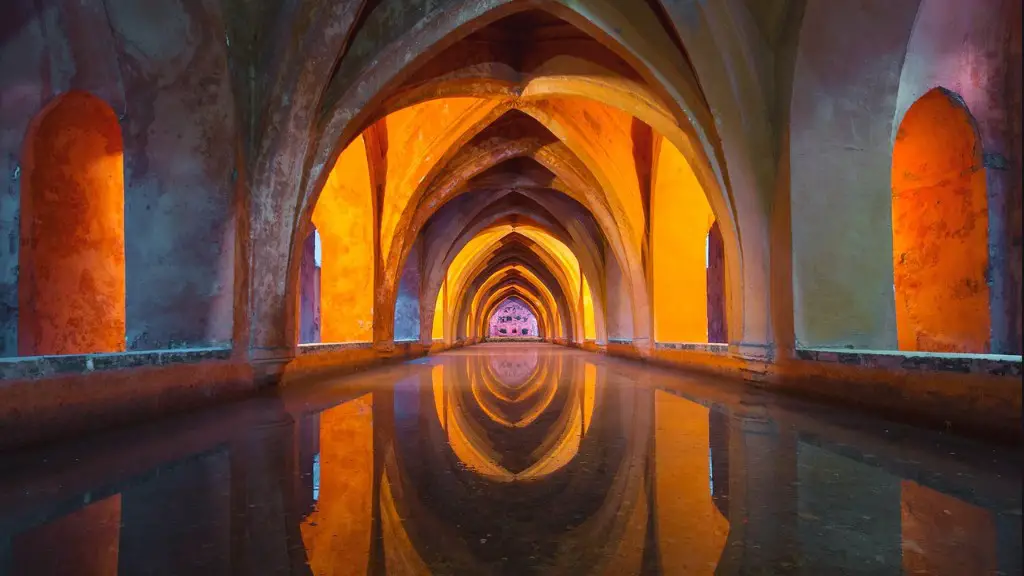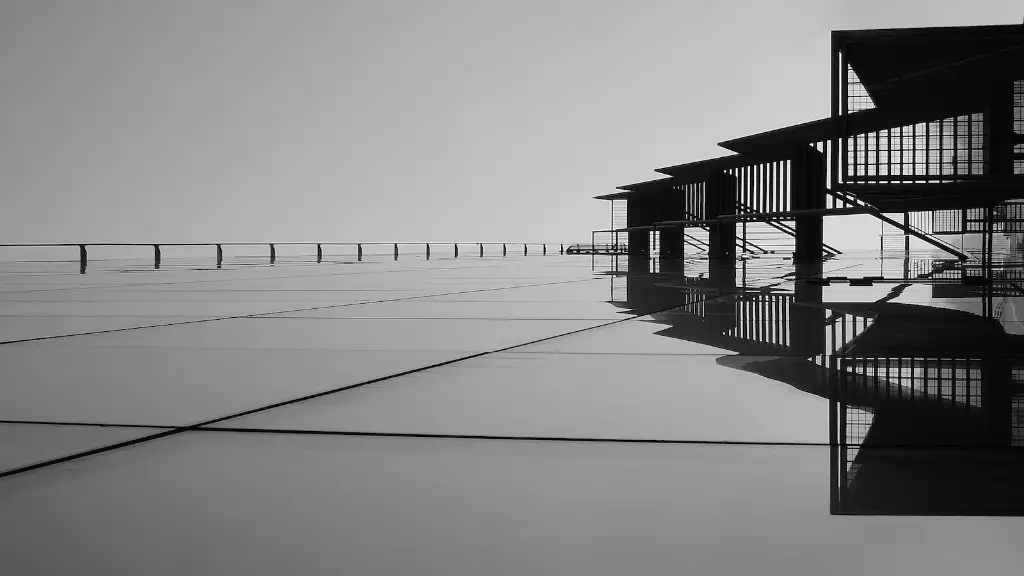Modular design in architecture is a concept of creating structures using standardised components that are combined to achieve a larger, more complex structure. It is an innovative way of designing buildings and structures that allows for flexibility and can be applied to residential and commercial spaces. Modular design has the potential to drastically reduce the costs associated with construction due to its simplified manufacturing process, minimal on-site construction requirements, and shorter installation time. Additionally, modular building provides advantages in safety, reliability, and quality control. In short, modular design can provide tremendous advantages to architects, builders, and their clients.
Rising Popularity
As the cost of traditional construction continues to rise, many people are looking for more cost-effective alternatives. Modular building is one such alternative, and as a result, it is becoming increasingly popular within the construction industry. The idea of using standardised components to create a larger structure is not a new concept, but recent trends within the industry have further pushed this style of construction. With the growing need for more efficient and cost-effective construction solutions, modular design will likely continue to become even more in demand.
Advantages of Modular Design
One of the main advantages of modular design is the reduced construction costs due to the simplified manufacturing process and minimal on-site construction requirements. Modular design also offers distinct advantages when it comes to safety, reliability, and quality control. The standardised components used in modular design ensure that the structure is built consistently and accurately, and guarantee that the building will be structurally sound. Furthermore, modular design can significantly reduce the time required for construction and reduce the risk of possible errors due to its factory assembly.
Limitations of Modular Design
Despite all the advantages of modular design, there are also some drawbacks and limitations. In order to properly implement modular design, it is essential to have an in-depth understanding of the process and the building components. Architects and builders should be knowledgeable enough to ensure that the building is constructed correctly. This means having a firm grasp on the technical aspects of the assembly process, and having the right tools and materials on hand. Furthermore, the components used in modular design may be limited in terms of design and size, which can restrict the possibilities of creating unique structures.
Conclusion
Modular design in architecture has the potential to drastically reduce costs and significantly reduce construction time. However, in order to take full advantage of modular design, architects and builders must be knowledgeable about the process and be able to correctly implement the components. Despite certain limitations, modular design will likely become increasingly popular as the demand for more efficient and cost-effective construction solutions continues to rise.
Environmental Benefits
The reduction in construction cost and time associated with modular design, know as off-site construction, further enables the adoption of green building strategies. By reducing the resource consumption associated with on-site building labor and construction, modular design is able to minimize the environmental impact of construction. Furthermore, many modular components are made from recycled materials and can even be recycled themselves when it is time to decommission a building. Therefore, modular design can provide environmental benefits, in addition to economic and time advantages.
Sustainability
Sustainability is an important aspect of modern construction and design, and modular design makes it easy to incorporate green materials and sustainable solutions into projects. By using standardised components, architects can easily incorporate eco-friendly materials and design elements into the structure. Furthermore, some modular components are designed to be reused and repurposed, allowing for greater reuse of materials and reducing the environmental impact associated with demolition.
Flexibility
Modular design also offers great flexibility in terms of design and size, allowing for the creation of unique structures and spaces. The components used in modular design can be mixed and matched to create a wide range of layouts and sizes, making it a great option for custom building projects. The use of standard components also allows architects and builders to easily alter existing designs and adjust the design to fit their needs.
Future Trends
As the demand for sustainable and cost-effective construction solutions continues to grow, modular design will likely become increasingly popular in the future. Modular design is already being adopted in residential and commercial construction, but its potential applications are virtually limitless. Architects and builders are continuing to explore and develop new ways to utilise standardised components to create innovative and complex structures, leading to an exciting and rapidly expanding world of possibilities.


